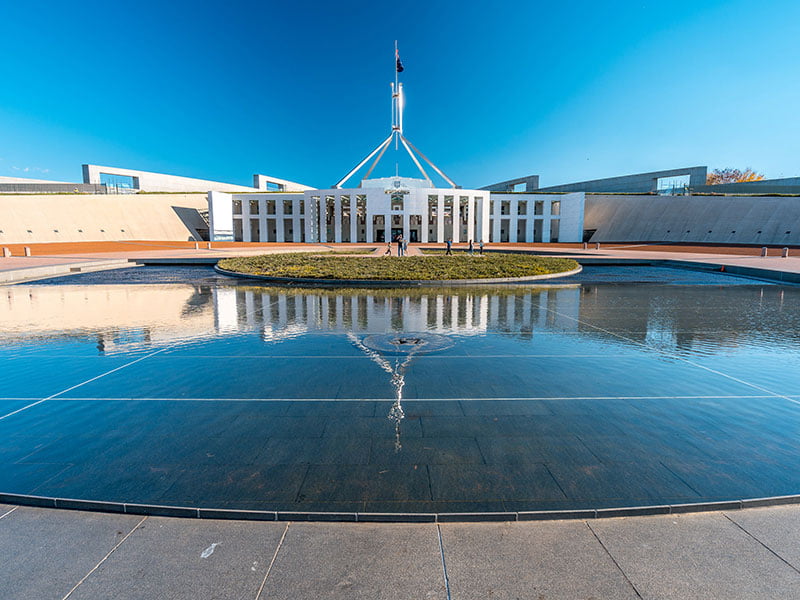Anyone expecting Industry and Science minister Ed Husic to use his National Press Club address on Wednesday to detail policies to boost Australia’s R&D investment to the same level as other developed nations were disappointed.
To be fair, this was a difficult speech to deliver. But for those in the room, it was an equally difficult message to hear.
It detailed a long list of well documented and known challenges in the Australian innovation system – including its falling business and government R&D investment – and its subsequent impact on national productivity.
Overnight the minister’s office had distributed a “sobering” discussion paper from its Robyn Denholm-led R&D system review, which neatly outlined these challenges.
That discussion paper highlighted a nuclear submarine-sized annual shortfall of $25 billion between what Australia spends on R&D as a proportion of GDP, and the average R&D spend of our OECD peers. That’s an additional $25 billion in spending required every year just to be average.
And to meet Labor’s notional 3 per cent target, Australia would need to spend $31 billion-plus more on R&D every year.

These numbers are very well known to anyone working within tech and innovation. There is nothing surprising about them, as they are simply the latest representation of a 25-year trend in sliding R&D investment in Australia.
In the last several weeks, US President Donald Trump has stood beside private sector partners and announced a US$500 billion (A$795 billion) ‘Stargate’ project to lead the world in artificial intelligence. He also announced the unwinding of AI regulations.
This week, France President Emmanuel Macron unveiled a €109 billion ($179 billion) investment plan for AI to compete with the US and foreshadowed a loosening of European rules governing AI.
The following day, European Commission President Ursula von der Leyen announced a plan to mobilise €200 billion (A$330 billion) to build ‘AI Gigafactories’ as the data centre infrastructure to drive European artificial intelligence.
Given the impact that AI is already having across all industries – from farming to pharmaceuticals – you might reasonably expect that the federal Industry minister would directly address these tectonic shifts in a nationally televised speech. But no.
Australians should be alarmed. The Australian Information Industry Association (AIIA) and the Tech Council of Australia have each called on government to accelerate its timetable for developing a National AI Capability plan (which is currently not due for delivery until the end of the year).
It is not like the government has not been warned. The Kingston Group of like-minded scientists specialising in data and AI have been sounding the alarm and putting forward policy proposals for years without success.
Even as Chat GPT was launched, even as a global artificial intelligence arms race has exploded around us, even with the stunning debut of China’s DeepSeek, there has no visible acceleration of government thinking on AI (let alone doing).
The Industry portfolio is notoriously tricky. And notwithstanding Minister Ed Husic’s passion and enthusiasm, it is hard to get things done.
The minister can enlist Robyn Denholm to conduct a comprehensive review of the R&D system, but there is a simple reality that the Industry minister does not control the system-wide levers that can turnaround the long-term downward investment trend on R&D.
By all means conduct the review, use Robyn Denholm’s profile to raise some awareness, make recommendations, and then chuck the paperwork on top of all the other system-wide reviews undertaken in the past 20 years.
But until the Prime Minister and the majority of the cabinet are speaking the same language as Minister Husic on R&D broadly and AI specifically, then it’s all moot.
If the stunning announcements from around the world underwriting the outbreak of a new phase of the global AI arms race is not enough to catch the attention of Mr Husic’s colleagues, it’s hard to imagine what would.
Do you know more? Contact James Riley via Email.

